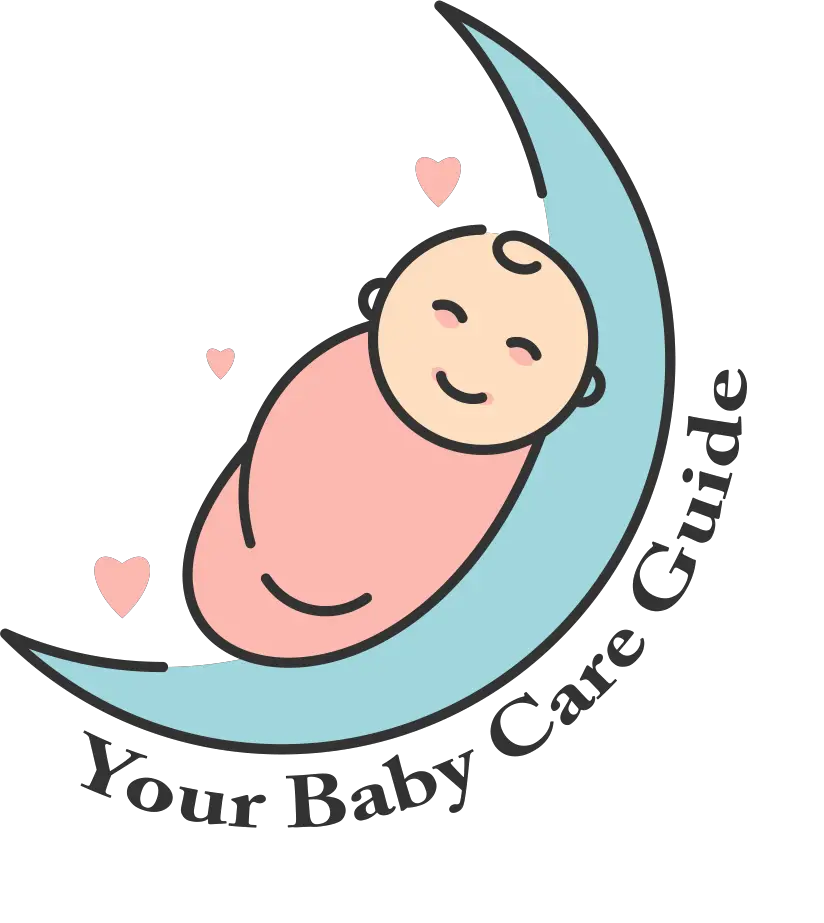Following the instructions given by your doctor when caring for the umbilical cord will help you make the cord fall off naturally. Keeping a clean cloth nearby while removing the cord can help keep it healthy. Also, it’s best to avoid using soap, which can irritate your baby’s delicate skin. Lastly, always allow the cord to air dry before disposing of it.
After birth, you’ll be faced with several challenges. First, you need to ensure the stump does not get infected. While most umbilical cord stumps dry up and fall off, there may still be some bleeding. You should take your baby to the doctor if the bleeding persists after the stump falls off. Your doctor can also prescribe antibiotics to help the stump heal. While it’s perfectly normal for your baby to be covered in blood for the first couple of days, you should be prepared for the possibility that the stump will become infected.
Read More: Burping a Newborn After Breastfeeding
During pregnancy, the umbilical cord is a vital link between the baby and the mother. It’s considered the baby’s lifeline and provides them with oxygen and nutrients. It’s usually cut and clamped soon after birth. The cord will dry out in one to three weeks and fall off naturally.
After birth, the cord stump will naturally fall off, but you must keep it clean and dry until it falls off. You can sponge-bathe your baby during this time, but avoid putting them in the bathtub. This is also a good time to take sponge baths. Place the cloth diaper below the baby’s navel to keep your baby cool and clean. If your baby is in diapers, you should remove the cloth and place it beneath the child’s navel to avoid causing any irritation.
The World Health Organization endorses the dry method of umbilical cord care. Instead, it would help if you covered the stump with a clean cloth. In areas with poor hygiene, chlorhexidine is recommended for cord care. If unsure which method is best for your baby, check with your pediatrician.
Care for the umbilical cord stump is crucial for your baby’s health. It’s vital to keep it clean to avoid infection. A wet cotton ball is useful for cleaning the skin around the stump but never gets the stump itself wet. The stump is an entrance point for bacteria, so you must be aware of any signs of infection.
While the cord is still attached to your baby, it can become detached from the belly. In some cases, the cord can rupture, and a scar can form. A small pink lump called an umbilical granuloma would form. The scar will disappear after a week, but it will be visible for a few weeks after delivery. If it doesn’t fall off on its own, you should seek medical attention as soon as possible.
Care for the umbilical cord is not too difficult if you follow the doctor’s instructions carefully. The cord will usually fall off within one to four weeks of birth. When it’s healing, the umbilical cord will look like a scab. It’s best not to pick or cut the cord. Keep the baby’s diaper tucked below the cord when it falls off. This helps prevent irritation. Small amounts of blood may form within a day or two before the cord falls off. If this bleeding persists, consult your pediatrician immediately.

